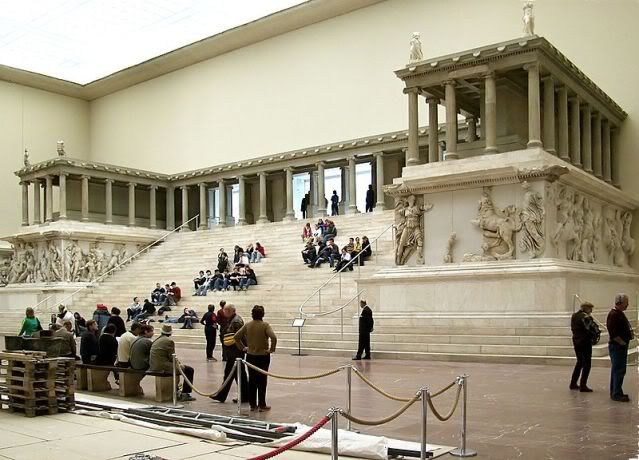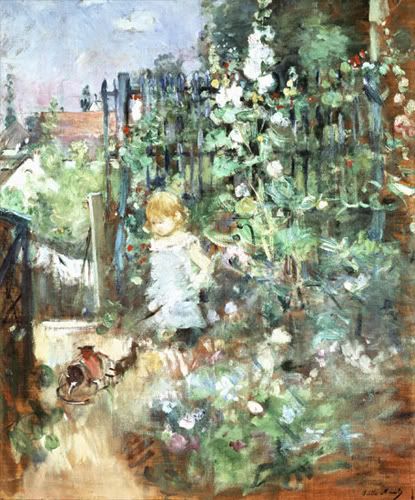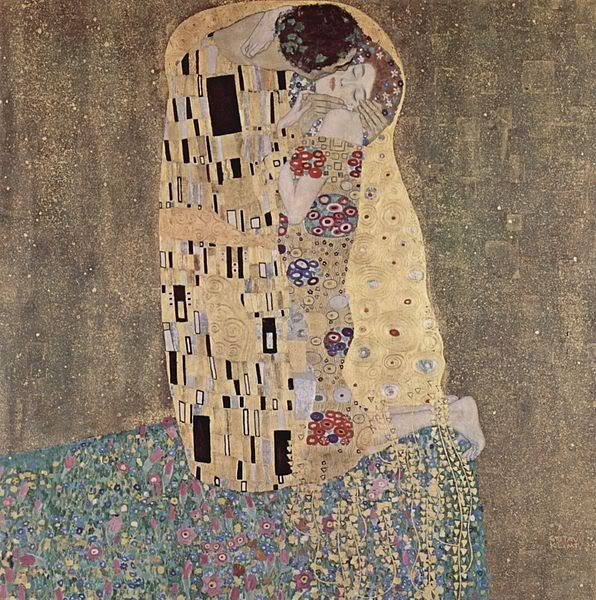The August edition of the Art History Carnival will be posted on Wednesday, August 3, 2011. You can submit articles for inclusion in the carnival until 48 hours before the issue comes out (Monday, August 1st).
What kind of blog articles will be included?
Posts covering all periods and art mediums are welcome, as are posts discussing art criticism, architecture, design, theory and aesthetics. All submissions will be carefully reviewed, so please, no spam.
What is a Blog Carnival?
According to Wikipedia, a blog carnival is "a type of blog event...similar to a magazine, in that it is dedicated to a particular topic, and is published on a regular schedule, often weekly or monthly. Each edition of a blog carnival is in the form of a blog article that contains permalinks links to other blog articles on the particular topic."
Blog Carnivals are a great way to help your blog reach a new audience and to make new friends in the blogosphere!
Who can submit?
Anyone, as long as you have a blog! And If you don't blog, you can submit one of your friend's articles (except they better be good--I'll be reading them!).
Can I host a carnival?
Absolutely! Please let me know if you'd be interested in hosting the next issue of the carnival.
How to submit articles
You have two options:
1. Use the submission form provided by Blog Carnival (this is easiest!).
2. Send me an email. Include the title and permalink URL of the post you are nominating for inclusion in the carnival, along with the name of the blog. Please put "Art History Carnival" in the title of your email to help me recognize it in my inbox!
One final thing to keep in mind:
To keep things current, posts should have been written after the date of the last Carnival. If a post is six months old, I won't be able to include it in the Carnival, no matter how great it is.
Thank you for your participation! Share the news with other bloggers!
Wednesday, July 27, 2011
Call for Submissions for the August Issue of the Art History Carnival
Posted by
Margaret
at
8:27 AM
0
comments
![]()
![]()
Labels: blog carnival, news
Tuesday, July 26, 2011
Florence + The Machine, The Band Perry and the Lady of Shalott in Music Videos
Today I thought I'd share a video from Florence + The Machine. My husband actually made me sit down and watch the video because he noticed all the mythological and Pre-Raphaelite references! We first encountered Florence + The Machine while watching the Colbert Report, and our first reaction (other than noticing that she had a great voice), was that she looked like she'd fallen out of a Pre-Raphaelite painting. Apparently this is no coincidence, and you'll notice that most of her videos contain references to the Pre-Raphaelites, though the video for "Rabbit Heart" is one of the most overt. From the minute you see the water behind her you can tell this is going to end in a send-up of the Lady of Shalott!
For an even heavier dose of the Lady of Shalott, check out The Band Perry's "If I Die Young". My daughter actually discovered this one on Vevo the other day!
Someone from the band is clearly a big fan of the Pre-Raphaelites! Of course Lady of Shalott is the most obvious reference (the video actually closes with a shot of Tennyson's poem), but I thought the scene at :38 (with the mother at the window) was a little evocative of John Everett Millais' Mariana. It's a very well done video, and the song is beautiful as well.
Posted by
Margaret
at
4:09 PM
5
comments
![]()
![]()
Labels: millais, music, mythology, pre-raphaelites
Wednesday, July 6, 2011
Art History Carnival July 2011
And now to the July edition of the Art History Carnival...
art history
Monica Bowen presents altar of pergamon and baroque scholarship posted at Alberti's Window, saying, "This post largely deals with historiography, explaining why Baroque scholarship became popular in the late 19th and early 20th century." The post examines how the arrival of the Altar of Pergamon in Berlin caused revived interest in Baroque art because of the similarity it bore to the Baroque style (amusingly, some scholars even began referring to the Hellenistic style as "ancient Baroque").
Susan Benford presents Famous Paintings of Berthe Morisot posted at Famous Paintings Reviewed - An Art History Blog. Morisot was the first female artist to exhibit her works with the French Impressionists (the painting above is entitled "Child with Staked Roses", 1881). Her paintings are lovely and I appreciate that Susan has taken the time to share a little more about Berthe's life and work!
Next, take a moment to stroll along the streets of Paris with Anna (a student of Dr Ben Harvey, who is blogging as part of an independent study class on 19th century art from Paris), who has written a lovely blog post about one of her walking tours near her Paris Apartment entitled The Neighborhood posted at anna on art. Manet's Gare Saint-Lazare (shown above) is one of the many paintings that was created just a stone's throw away. Also, I highly recommend that you take time to read another of her posts, "Manet: Inventeur du Moderne," which she published July 5th. It's a lovely review of a current exhibit at the Musée d’Orsay, and is not to be missed!
exhibits
Paul Doolan presents a fascinating review of Rodchenko and Ai Weiwei in Photography Museum, Winterthur posted at ThinkShop. The exhibit highlights the artists' differing "takes" on communism. Rodchenko (shown above left) began his artistic life rather enamored of the Soviet Revolution, while Ai Weiwei recently experienced a brief stint in Chinese prison as the result of his subversive art.
Helen Webberley presents Vienna Art and Design exhibition, in Melbourne posted at ART and ARCHITECTURE, mainly, saying, "A blockbuster exhibition in Melbourne called "Vienna Art and Design: Klimt, Schiele, Hoffmann and Loos" prompted a re-analysis of the Vienna Secession. The paintings, architecture, furniture, jewellery and textiles explore and display modernism, individualism, nationalism and the creation of a new style concentrating on the use of colour, design and opulent glamour."
philosophy of art
Jean-Michel Basquiat's work catapulted him to rock-star status in the early 1980s. Although he died at just 27 years of age, his work continues to fascinate and inspire. junhax reviews a documentary of his life and work in Jean-Michel Basquiat | Junhax posted at Junhax
That concludes this edition. Submit your blog article to the next edition of
art history carnival
using our
carnival submission form.
Past posts and future hosts can be found on our
blog carnival index page.
Technorati tags:
art history carnival, blog carnival.
Posted by
Margaret
at
7:20 AM
8
comments
![]()
![]()
Labels: blog carnival







